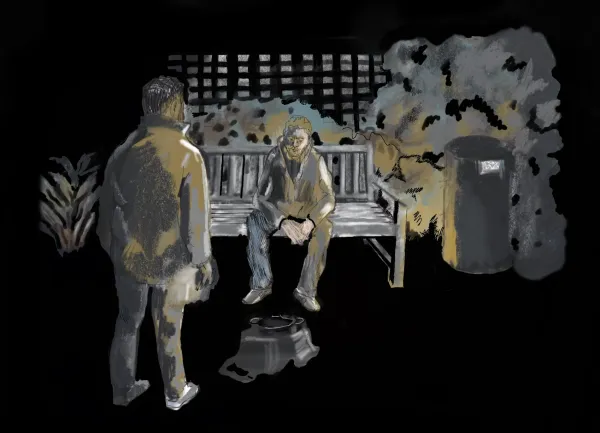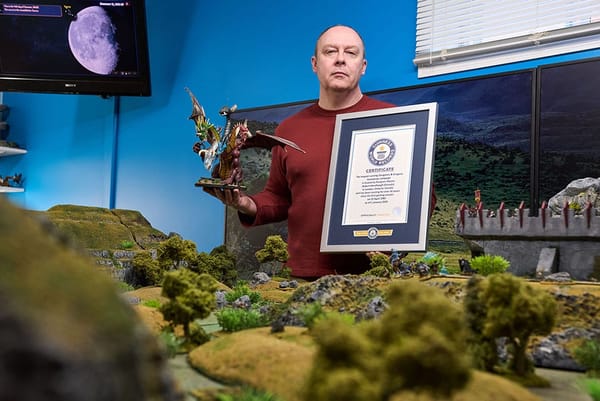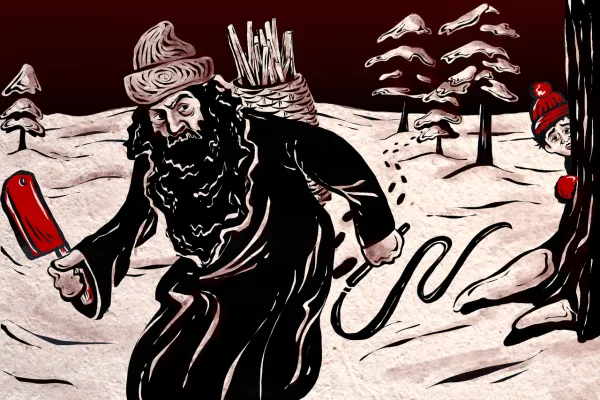Who actually took the famous Earthrise photo?
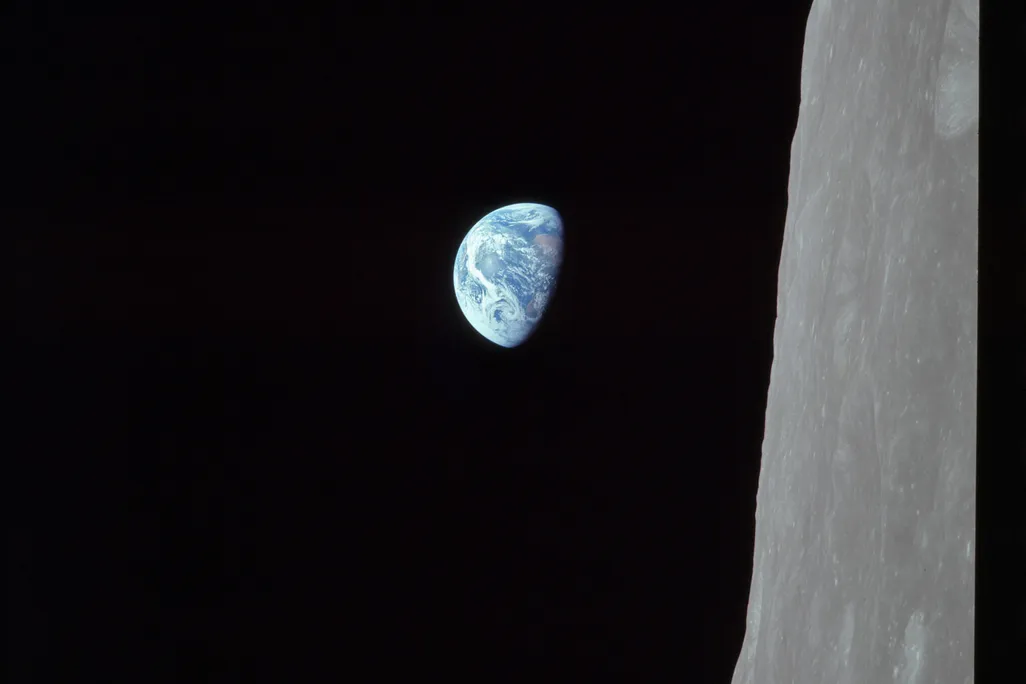
From The Smithsonian: "It’s arguably the most iconic photograph of the 20th century: the Earth rising above the Moon’s bleached and desolate horizon, a breathtaking jewel of color and life more than 230,000 miles away. In December 1968, Apollo 8 astronauts Frank Borman, Jim Lovell and Bill Anders returned from history’s first voyage around the Moon with this stunning image. But one question about the Earthrise photo has dogged historians for almost half a century: Who took it? I discovered the answer 30 years ago when I was researching my book about the Apollo astronauts, A Man on the Moon. I found myself challenging NASA’s official version of the event, and landing in the middle of a dispute between the astronauts themselves. Even after my book was published, the controversy continued for another two decades, until a NASA computer wizard confirmed my conclusion beyond all doubt.
The Burj al-Khalifa tower in Dubai is so tall that fasting during Ramadan lasts longer on the top

From the BBC: "During Ramadan, Muslims are supposed to not eat or drink between dawn and dusk. Burj Khalifa is almost one km (0.6 miles) high, which means people in higher floors can still see the sun after it has set on the ground, said Muslim cleric Ahmed Abdul Aziz al-Haddad. He said they should break their fast two minutes after those on the ground. Another Dubai cleric, Mohammed al-Qubaisi, has been quoted as saying that people living above the 80th floor should fast for an extra two minutes, while those on the 150th floor and higher should wait for three more minutes before eating or drinking. The 828m- (2,716ft-) high Burj Khalifa has 160 floors and was opened in 2010. The clerics say there are ancient precedents in Islamic law and that people living on mountains should also break their fast after those at ground level."
The Penicillin Girls made one of the world’s most life-saving discoveries possible
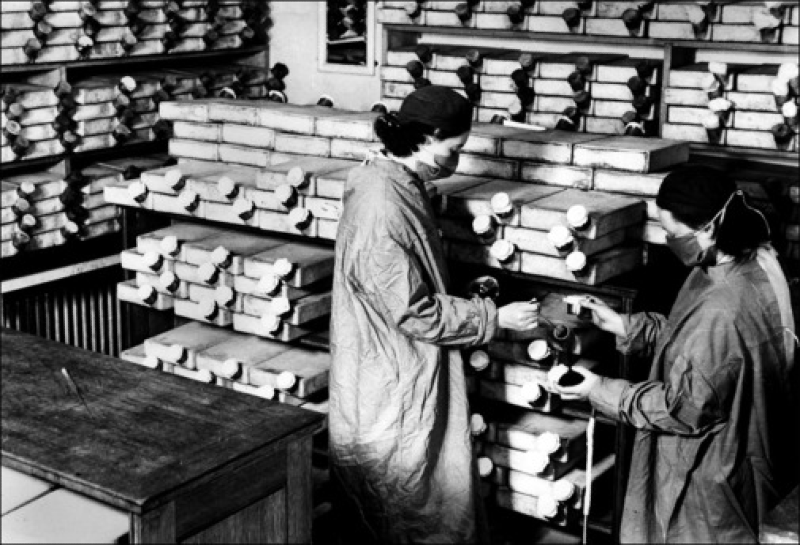
From The Smithsonian: "Scottish bacteriologist Alexander Fleming recognized the potential of Penicillium mold when he found it growing in his less-than-tidy lab at St. Mary’s Hospital Medical School in London in 1928. Today, Fleming is often remembered as the lone genius in the lab who, thanks to keen eyes and a strange accident, brought penicillin to the world. In fact, to unlock mold’s true therapeutic promise would take many more people, years of labor, a war and a very special moldy cantaloupe. Fleming’s Penicillium preferred growing on the surface of a nutrient-rich liquid, but even with vast volumes of broth, produced scant amounts of the antibiotic. The Oxford lab got creative in finding more surface area on which to cultivate the mold, growing it practically everywhere, from bedpans to bathtubs. Eventually, the team developed a special fermentation container that looked a bit like a vintage gasoline can. Surrounded by dozens of these ceramic vessels in a kind of mold factory, six female technicians known as the Penicillin Girls” carefully cultivated the Oxford team’s prized supply."
Hi everyone! Mathew Ingram here. I am able to continue writing this newsletter in part because of your financial help and support, which you can do either through my Patreon or by upgrading your subscription to a monthly contribution. I enjoy gathering all of these links and sharing them with you, but it does take time, and your support makes it possible for me to do that. I also write a weekly newsletter of technology analysis called The Torment Nexus.
In the 1800s a popular Moulin Rouge performer was a man who could fart musical tunes
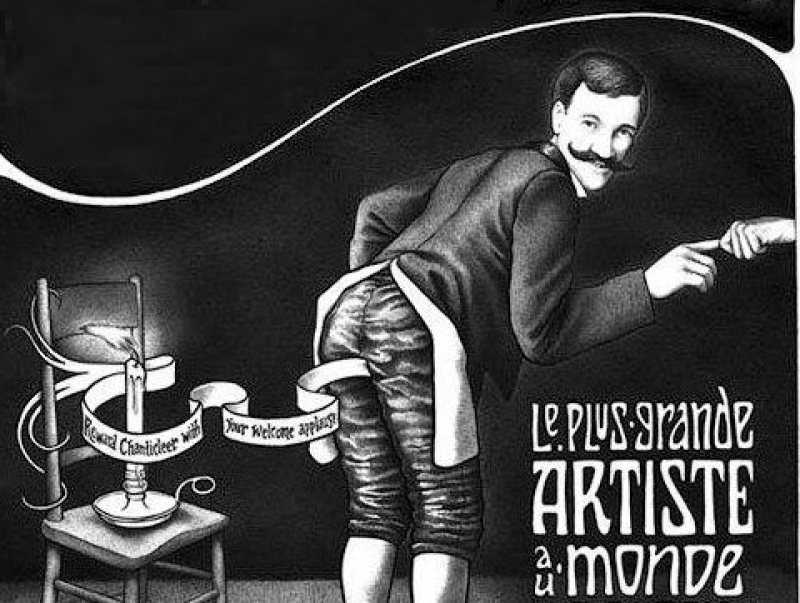
From Wikipedia: "Joseph Pujol, better known by his stage name Le Pétomane, was a French flatulist, comedian and entertainer. He was famous for his remarkable control of the abdominal muscles, which enabled him to seemingly fart at will. It was a common misconception that Pujol passed intestinal gas as part of his stage performance. Rather, he was allegedly able to inhale or move air into his rectum and then control the release of that air with his anal sphincter muscles. Pujol trained as a baker. He would sometimes entertain his customers by imitating musical instruments and claiming to be playing them behind the counter. Pujol decided to try the stage, and debuted in Marseilles in 1887, then moved to Paris, where he appeared at the Moulin Rouge in 1892. Some of the highlights of his stage act involved sound effects of cannon fire and thunderstorms, as well as playing "'O Sole Mio" and "La Marseillaise."
He helped start a feminist movement by teaching women how to draw and paint

From JSTOR Daily: "In 1896, the Impressionist painter William Merritt Chase was ready to declare independence from the rigid hierarchies of the New York art scene and its dependence on European masters and methods. He dreamed of establishing what he considered an explicitly American school of art, one that encouraged artists to embrace and portray the unique character and energy of the young nation and its people, and he needed money. To get it, he founded an experimental new school for painting in Manhattan that would, ironically, thrive on the burgeoning hopes of women in an era of their growing liberty and opportunity. Best remembered for society portraits, plein air paintings, pastel seascapes, dead fish still lifes, and depictions of dancing white clouds, Chase suddenly found himself in an unfamiliar role: he was, if not quite an equal rights leader, then an ambitious artist who, in pursuing his own interests, opened avenues for women artists."
Being a bear photographer is not an easy job

Acknowledgements: I find a lot of these links myself, but I also get some from other newsletters that I rely on as "serendipity engines," such as The Morning News from Rosecrans Baldwin and Andrew Womack, Jodi Ettenberg's Curious About Everything, Dan Lewis's Now I Know, Robert Cottrell and Caroline Crampton's The Browser, Clive Thompson's Linkfest, Noah Brier and Colin Nagy's Why Is This Interesting, Maria Popova's The Marginalian, Sheehan Quirke AKA The Cultural Tutor, the Smithsonian magazine, and JSTOR Daily. If you come across something interesting that you think should be included here, please feel free to email me at mathew @ mathewingram dot com
